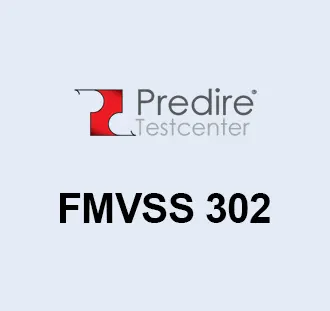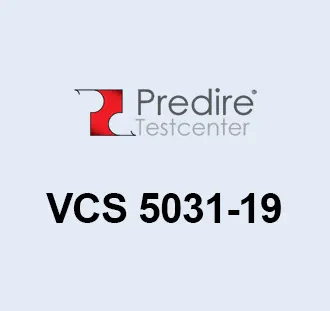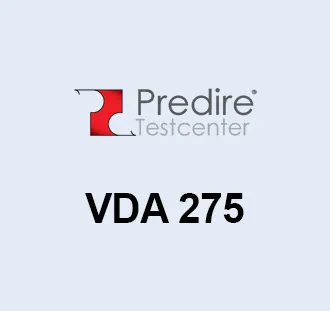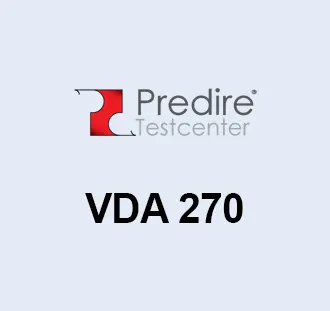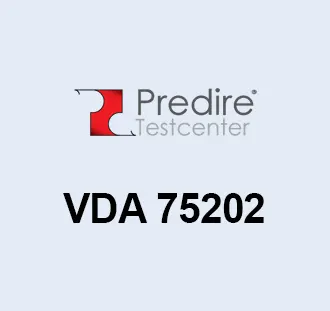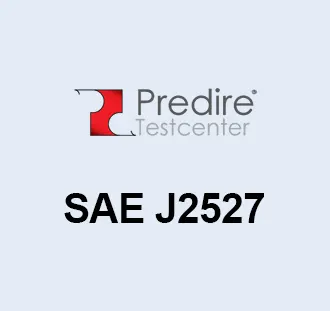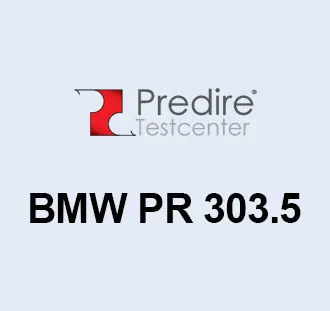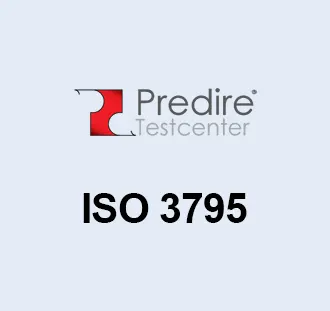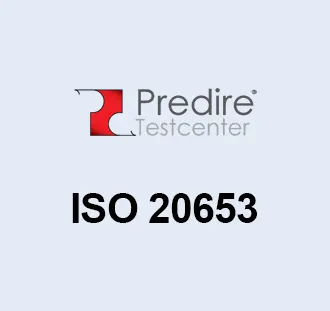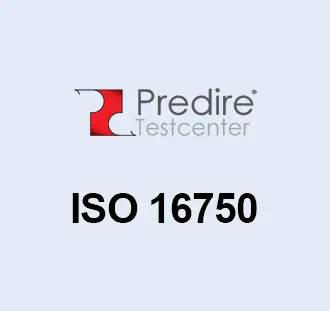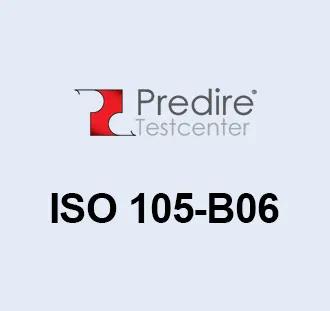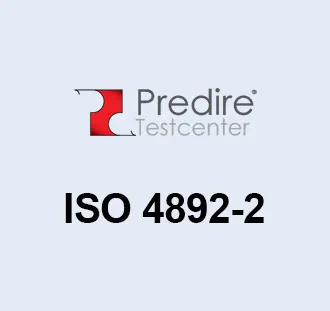ISO 20653: Road Vehicles – Degrees of Protection (IP Code) – Protection of Electrical Equipment Against Foreign Objects, Water, and Access
Overview and Purpose
ISO 20653 specifies the degrees of protection provided by enclosures for electrical equipment used in road vehicles against foreign objects, water, and access to hazardous parts. This standard adapts the Ingress Protection (IP) code system, originally detailed in IEC 60529, to the specific requirements and conditions encountered in the automotive industry. It aims to ensure that electrical components and systems within vehicles are adequately protected against the ingress of solid particles (like dust and debris) and water, enhancing their reliability, safety, and performance under various operating conditions.
How the Classification System Works
- IP Code Adaptation: The standard utilizes the IP code system, which consists of two digits following the letters “IP.” The first digit indicates the level of protection against solid objects and dust, and the second digit represents the protection level against water ingress. ISO 20653 may include additional requirements or testing procedures tailored to automotive conditions.
- Testing Procedures: Specific tests are outlined to verify the enclosure’s compliance with the stated protection levels. This includes dust tightness tests, water spray and immersion tests, and tests for protection against high-pressure and high-temperature water jets.
- Certification: Products that successfully pass the testing procedures can be marked with their IP rating, providing a clear indication of their protection level against environmental ingress.
Purpose of the Standard
- Enhanced Protection: Ensures that electrical equipment in vehicles is protected against environmental conditions that could compromise functionality or safety, such as water intrusion during heavy rain or flooding and dust accumulation.
- Reliability in Harsh Conditions: Guarantees that vehicle electrical systems remain operational in a wide range of environmental conditions, contributing to overall vehicle reliability and durability.
- Safety: Reduces the risk of electrical failures that could lead to hazardous situations, ensuring the safety of vehicle occupants and other road users.
- Standardization: Provides a standardized approach to classifying and testing the protection levels of automotive electrical enclosures, facilitating global compliance and interoperability.
Head Office
Privacy policy and cookies
Click here to present our privacy policy and explains how we use cookies on this website

